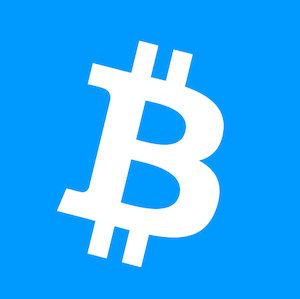Each payment processor has its definition of a microtransaction, but in general, it is known as a small payment for service or goods. It is common for small businesses to require customers to make at least $10 in debit or credit card transactions. Because some processors need to make money on every purchase, they charge more for smaller transactions.
Payments under $12, which PayPal considers microtransactions, are subject to higher fees. The normal rate for PayPal is 2.9% + $0.30, whereas the micropayment rate is 5% + $0.05. Is it possible to call anything less than twelve dollars a microtransaction?
In the payments industry, small amounts of money are being processed at a rate of about 1%, suggesting that much work needs to be done for the industry to generate revenue from small payments. There is still something to be done because these activities would need to be adapted to reflect new concepts such as digital media.
The publishing industry would benefit more from taking small payments from readers. For the tablet edition of its magazine, Bloomberg BusinessWeek charges $2.49 a month, which in turn attacks its print revenue. That's because most people are switching from reading printed content to reading online.
Could publishers impose paywalls from microtransaction digital currency to allow readers to read individual articles for small pennies on the dollar? Let’s explore some of the Companies to have explored this model.
Examples of Digital Currency Microtransactions
BitWall
An example of a company that is working on this idea is BitWall. They just finished a Boost VC's summer session in San Mateo, California, with six other bitcoin startups. To process bitcoin transactions, BitWall uses Coinbase because they announced support for off-blockchain transactions that could see micropayments dramatically increase its ledger's size. According to BitWall CEO Nic Meliones, Coinbase's off-blockchain transactions can help his company perfectly.
By aggregating the small payments, Coinbase posts a larger amount on the blockchain. The BitWall service also offers users the option of viewing content with advertisements for free or receiving three hours of free access tweets.
When properly done, microtransactions can be very interesting. To enjoy the best trading experience while maximizing your profits and limiting loses, you should use the best automated trading platform UK. Through preset margins, these platforms can do the trading for you at whatever limit you automate it to hence, providing a more profitable platform for you.
BitMonet
BitMonet is another effort to encourage microtransactions using bitcoin, which allows publishers to charge content publishers little amounts for their content. Blogs can link to bitcoin addresses using BitMonet's WordPress plugin, which is easy to use and does not require any HTML editing on websites.
Ankur Nandwani is the lead developer of BitMonet and is working on the project solely because he is interested in bitcoin. The payment platform for BitMonet is BitPay, which isn't ideal since every BitPay transaction unlike Coinbase carries a 0.99% fee as well as the 0.0005 BTC network fee for fast payments. With this, Coinbase clients can take advantage of some processors.
Bloated Blockchains And Microtransactions
Several solutions are being floated on how to solve this microtransaction dilemma. A potential solution could be an update to the bitcoin client. There is a bit of a process involved, but the best explanation for this is sending a large amount, then adjusting the amount between receiver and sender, and then broadcasting all transactions as soon as they are done.
Reddit users have discussed other options. The best route forward, though, is probably to rewrite the bitcoin client and to change the network. There should be a consensus solution for Bitcoin since it is a protocol. Though complicated the process may seem, an easier way of explaining this is by using bigger amounts, then amending it between the sender and the reciever. After which it is made public as long as no other transactions are to be made.
As a result of Coinbase's no-fee solution for the moment, this concept can be promoted, since once merchants and individuals use this to send and receive payments, this concept will most likely be adopted.
Conclusion
For small transactions to gain traction, payment processors' cooperation will be needed. Africa, for example, already uses small transactions for a variety of purposes. A digital currency such as M-PESA in Kenya, which allows the unbanked to send small amounts of money to others via SMS, is an example of a mobile phone-based currency.
Also, microtransactions may be used for speeding up or bypassing regular daily processes. Gamification is another incentive-based strategy that will offer small rewards for solving puzzles or performing small tasks to earn a fee. Once the friction of payments is reduced overall, it will be interesting to see what developers come up with.



Recommended Comments
There are no comments to display.